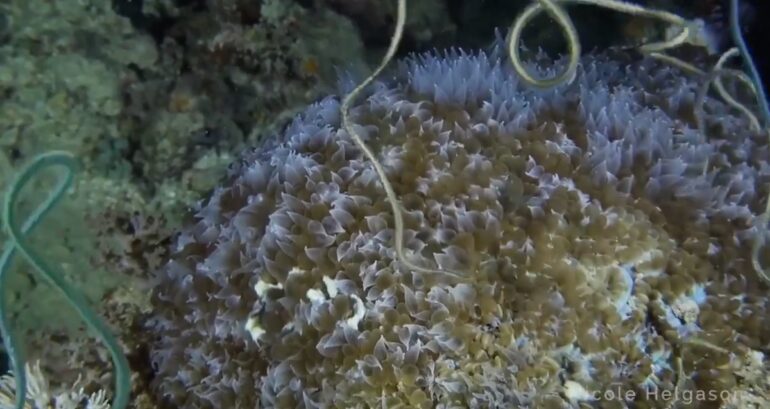It’s normal for people to feel apprehensions of the unknown especially when it comes to night diving. And while most of these dives are full of action, and unique night-time predators, every now and then your lights soon become flooded with long squiggling polychaete worms. When this happens you better hope you’re wearing a hood!
Collectively polychaete worms make up the largest biomass of animals found in many areas where the bottom consists mostly of sand. A common type of polychaete worm in a bristle worm and the word polychaete is derived from the Latin for “bearing many hairs.”
Polychaete worms are known to feed on hydroids, gorgonians, some sea anemones, and well almost any creatures they can catch. They are also known to readily scavenge upon animals decomposing on the seafloor. Divers are often surprised to find out that these marine worms spend the majority of their lives buried in the sand as opposed to living on top of it.

However, at the right time of the month, these worms come out of their burrows and swarm up through the water column full of sperm and eggs. During the time when swarms of them come out to play, you can find large coral colonies waiting patiently to catch a passing meal.
As a diver you can “feed” corals are night just by shinning your light in their direction. The worms which think they are swimming up toward the moon come into your light beam and are quickly snatched up by the coral polyps.
We came across this swarming mass of polychaete worms last year while diving in North Sulawesi. The worms were there over the course of three nights. And even for the most seasoned divers, no one really likes swimming through a cloud of worm gunk, so we decided to call this dive early.



